What can be planted in the garden after picking strawberries
The sweet aromatic strawberry, which adults and children love to pamper themselves with, is one of the first berries that appear in the garden. In order for the bushes of plants to bear fruit abundantly and hurt less, they must be transplanted to a new place every 3-4 years. Therefore, beginner gardeners often face the question of what can be grown after strawberries and what crops with maximum benefit are best to fill the vacated plot of land.
Why observe alternating landings
When growing any cultivated plants, it is important to observe crop rotation, thanks to which it is possible to maintain the normal microflora and fertility of the site. The fact is that each plant requires a certain composition, reacts in its own way to density, acidity and other characteristics of the soil, and is resistant to certain pests and diseases.
Failure to comply with the alternation of plantings will inevitably lead to the complete depletion of the soil, the reproduction of pests and the spread of fungal diseases. As a rule, all cultivated plants suffer from errors in the implementation of crop rotation, and only legumes can grow on the same plot for many years and always give a good harvest.
When growing strawberries, the following rules should be observed.
- Experts recommend alternating crops depending on which part of the plant is usually eaten. So, if strawberries are edible berries, then after it it is better to plant root vegetables or greens.
- Strawberries belong to the Rosaceae family, which numbers more than 3 thousand species. Apple and pear, cherry, plum, raspberry and many other horticultural crops also belong to this family. They all love loose soil rich in organic fertilizers, nitrogen, potassium, and trace elements. In addition, all representatives of this large group suffer from the same diseases and are afraid of the same pests. Therefore, after strawberries, in no case should plants from the Rosaceae family be planted.
- Garden strawberries have long roots that go deep into the soil. In the garden bed, freed after strawberries, it is better to plant plants with roots located near the surface of the earth.
It is desirable that the strawberry replacement crop be able to replenish the soil with nitrogen and potassium.
What is better to plant in the former strawberry garden
How to dispose of the vacated area and what to plant after strawberries so that the place is not empty? Here is a list of plants that can grow in a berry garden and give a full harvest next season.
- Legumes — peas, soy, beans, lentils and others. Strawberries remove nitrogen from the soil, and legumes not only do not need this trace element, but are also able to enrich the soil with nitrogen themselves. The fact is that nodule bacteria are located on the roots of these plants, which accumulate and release nitrogen contained in the soil air. If you plant legumes after growing garden strawberries, then next year you can not only get a full harvest, but also enrich the depleted soil.
- Root vegetables, leafy vegetables, melons. These crops have a shallow root system and do not suffer from those pests and diseases that are characteristic of garden strawberries. Therefore, they can be planted in the vacant place, but only after processing the soil and applying organic and mineral fertilizers.
Many gardeners plant onions or garlic after strawberries.These cultures have a detrimental effect on fungal spores and pathogenic bacteria, disinfecting the soil. However, you will only be able to get a good harvest of onions or garlic if the strawberries have been grown for a short time and the soil is not too depleted.
- Siderata... Green manure crops are plants grown specifically to improve soil composition. No wonder they are called green fertilizer. Lupine, mustard, phacelia, Alfalfa is planted directly after processing the strawberry bed. Siderata quickly gain green mass - in the middle of summer it is mowed and embedded in the ground, after which any other crops are planted.
- Cereals... Cereals - oats, rye, buckwheat - often used as green manure to restore soil microflora. For example, oats will enrich the soil with potassium, and after a few years tomatoes, peppers and eggplants will grow well on the site. If rye is planted after garden strawberries, weeds will disappear in the garden, and with them pests. This location will be usable next season for growing zucchini, tomatoes, cabbage. On depleted soils with an increased level of acidity after garden strawberries, it will be appropriate to plant buckwheat. By itself, this plant does not require much maintenance and can grow anywhere. However, after mowing, it will generously enrich the soil with potassium and phosphates.
- Flowers... In the place where the strawberries were grown, a flower bed is often arranged in the first year after transplantation. If you plant bulbous plants (tulips, daffodils, crocuses), then next spring you can admire the results of your work. You can plant peonies irises, chamomile.
It will be possible to return strawberries to their former site only after 5-6 years, when the reserves of nutrients and trace elements necessary for the growth and fruiting of this crop are fully restored in the soil.
What plants should not be planted after strawberries
There are a number of plants that experts do not recommend growing in the place where strawberries used to be. These are crops that suffer from the same diseases and pests as the berry and need the same nutrients as strawberries. If you can restore depleted soil with the help of fertilization, it may also be possible, then it will be much more difficult to cope with pests.
Important!
After strawberries, it is not recommended to plant plants of the Rosaceae family, in particular raspberries.
In addition, plants of the nightshade family should not be grown after strawberries: tomatoes, peppers, eggplants, potatoes, since they simply need fertile soil saturated with useful microelements.
Soil processing after strawberries
In order to grow other crops and get a good harvest at the place where strawberries grow, it is necessary to properly process the vacated area. The dug out old bushes need to be burned or taken out of the garden so that pests and diseases do not spread to other plants.
To completely remove the weeds, the garden bed must be dug, deepening by 30-40 cm, after which rotted cow dung or other organic fertilizer must be added.
Surface composting
To prepare the plots used for strawberries for the further cultivation of garden crops, experienced gardeners use the surface composting method. This method is fundamentally different from the usual tillage and saves a lot of time and effort, since you do not have to fight the weed and dig up the bed.
After the last berries are collected, the strawberry bushes, without digging, are pressed to the ground. Mowed grass, weed out weeds or other plant residues are applied to the garden bed, rotted compost is poured on top. From above, the entire grass heap is watered with a biologically active compound, which can be the drug "Baikal-M1" or "Renaissance", and covered with a black polyethylene film.
Usually these works are carried out at the end of June. Ahead are the hottest months of summer, during which the plants under the film will grind and turn into humus, rich in useful trace elements and nutrients. Remaining weeds and strawberry bushes also die.
If in the next season it is planned to plant zucchini or root crops in this place, the film is not removed, but simply holes are made in it and seedling bushes are placed in them. Thus, a double positive effect is achieved. On the one hand, the supply of nutrients has been replenished in the soil, and on the other, there is no need to mulch the site, since the black film plays the role of mulch.
Even for a novice gardener, it will not be difficult to choose a crop that makes it advisable to plant a bed that has been freed from strawberries. Legumes or melons, flowers or siderates - these are the plants that can replace garden strawberries and give a full harvest. The main thing is to follow the rules of crop rotation and carefully process the used area.
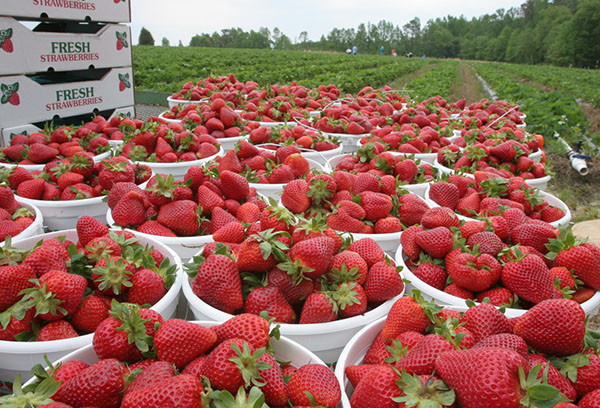
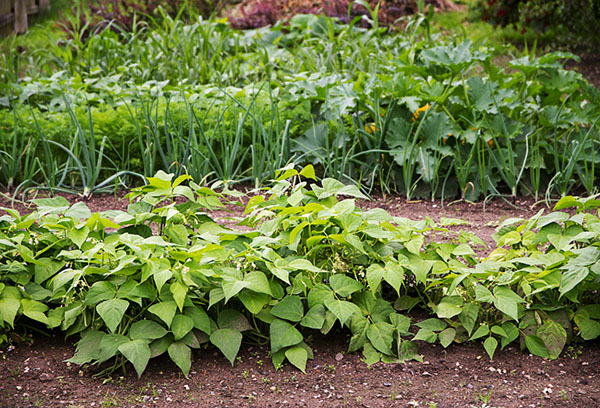
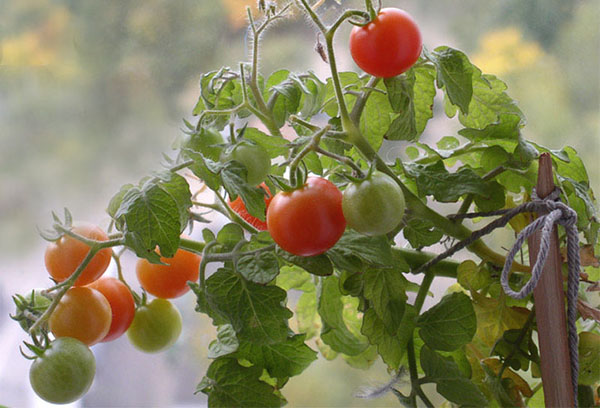
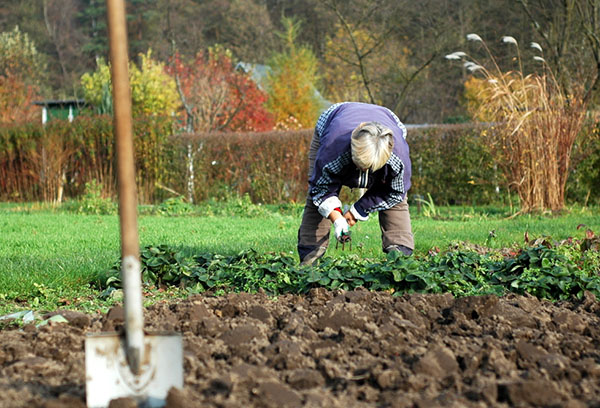
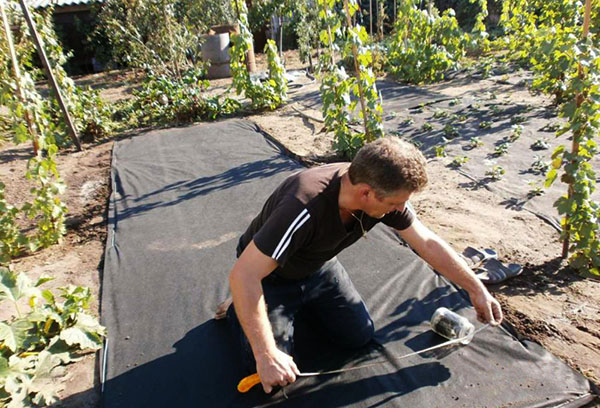
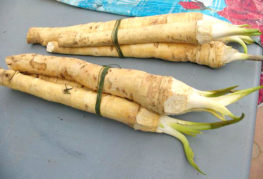
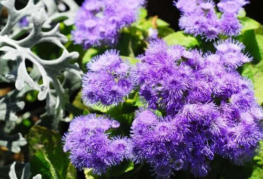
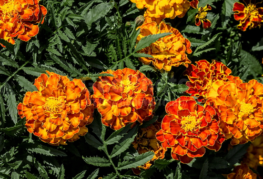
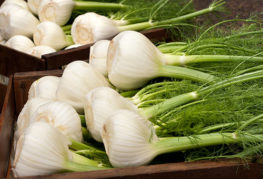
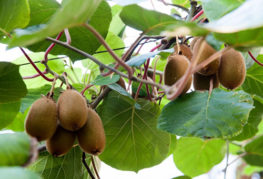
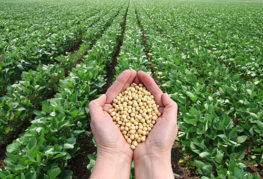
Interestingly, we mulch strawberries, covering the ground from overheating, dryness and frost because 80% of its roots are on the soil surface, more precisely in a layer of up to 20 cm.Those unfortunate 3 hair roots that go into the depths cannot be named "Deep powerful root system".